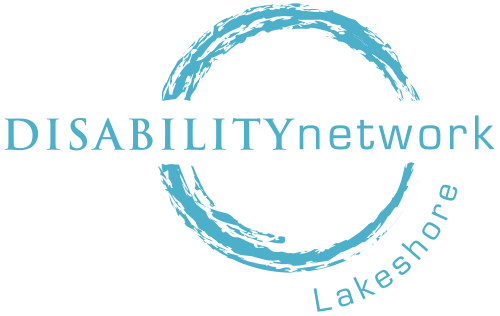Planning For A Pandemic
As uncertain as our lives are, taking the time to think through possible disaster scenarios and how we might get through them a bit easier just makes sense. Have you thought about how the Coronavirus has affected you this past year, and what you might do to make things easier on yourself if you end up having to stay at home again?
There is a lot of information online for how to design an emergency plan, but surprisingly, not all that much for how to plan if you have a disability to consider too. While you were at home these past few months, what concerns did you have? What items could you have used that you found were in short supply?
If you are new to emergency preparedness planning, then a good way to start is to think about designing a communications plan. How will you connect with the people that are important to you if the phones go out? How will you know your children are safe, or that your friends don’t need your help? Think about alternative ways you can contact your friends and family.
Include in your plan a list of important phone numbers and addresses. If you rely on special services, such as a treatment or dialysis center, look for an alternate business or two within your immediate area. Keep a map with alternative routes highlighted with your plan.
Once you have a communications plan, think about stocking up on food and water. Add other essential items too. Make sure you have enough extra medications to get you through at least a week. Ask your doctor for a prescription so you can pick up a few extra to keep on hand. And, be sure to stock up on other health care supplies you’ll need.
If you use any assistive technology items powered by electricity, how would you get through the day if they didn’t work? Do you need to keep an extra battery or two on hand? Do you need to stock up on ostomy items, or cleaning supplies? Think about the things that make your life easier, and ask yourself how you’ll get by without them.
Find a suitcase or duffle bag you can use for your Go Kit. Put in at least one change of clothes and an extra pair of shoes. You might want to add a towel, washcloth, bar of soap, shampoo, toothbrush, and toothpaste. Keep your Go Kit where it is easy to access, and check it every six months to make sure the items in it are fresh.
Emergency preparedness planning isn’t rocket science. It only takes a bit of forethought. Once you have a plan, let those people involved in putting it into action know what part they are expected to play. A little advanced planning might make the next pandemic a bit easier to tolerate.

